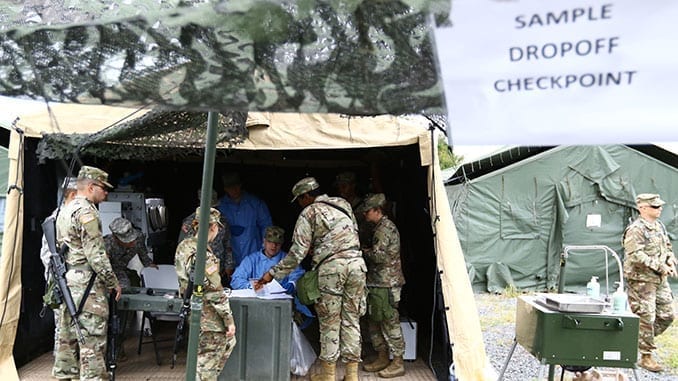
The only deployable laboratory in the Army, the 1st Area Medical Laboratory, successfully completed an annual Certification Training Exercise last month at Fort Dix, New Jersey.
The mission of the 1st AML is to deploy world-wide to perform surveillance, confirmatory analytical laboratory testing and health hazard assessments of environmental, occupational, endemic and Chemical, Biological, Radiological, Nuclear, Explosives (CBRNE) threats in support of force protection and counter-weapons of mass destruction missions.
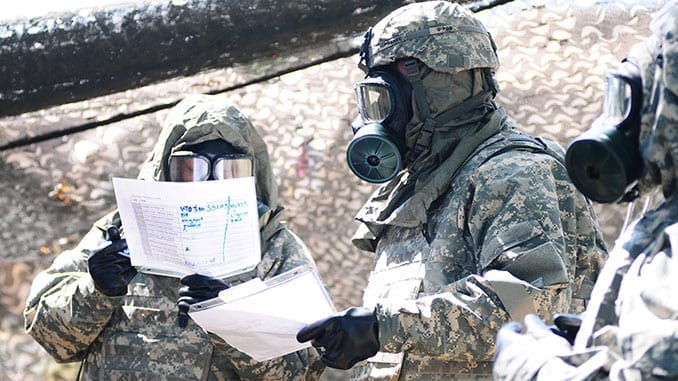
The field training exercise (FTX) certified that the team is tactically and technically mission-ready in case they are needed at any part of the world, such as when they were called to serve in Liberia in response to the 2014 Ebola outbreak in West Africa.
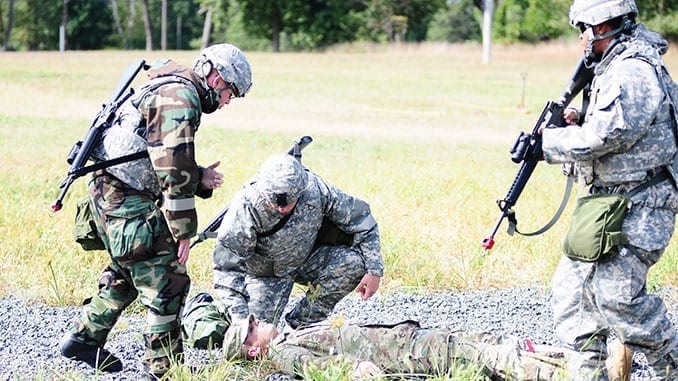
The subordinate unit from the 20th CBRNE deployed their entire medical lab from Aberdeen Proving Ground to the FTX site in New Jersey in order to test their ability to deploy and execute their full range of mission capabilities.
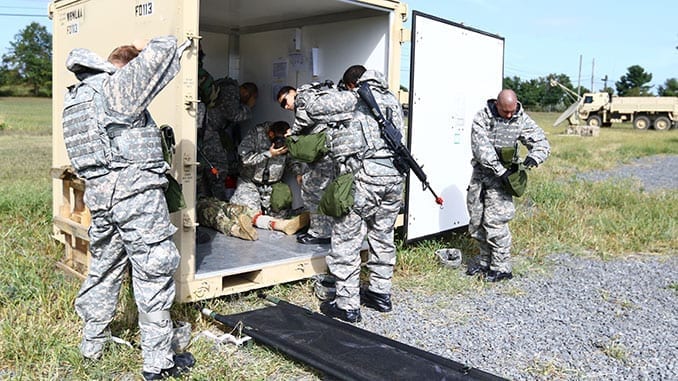
The unit has comprised of three major sections:
- Alpha – Occupational and Environmental Health Team: A preventive medicine unit with an additional radioisotope detection component
- Bravo – Biological Lab: Tests for endemic diseases and biological warfare agents
- Charlie – Chemical Lab: Tests for toxic industrial chemicals and chemical warfare agents
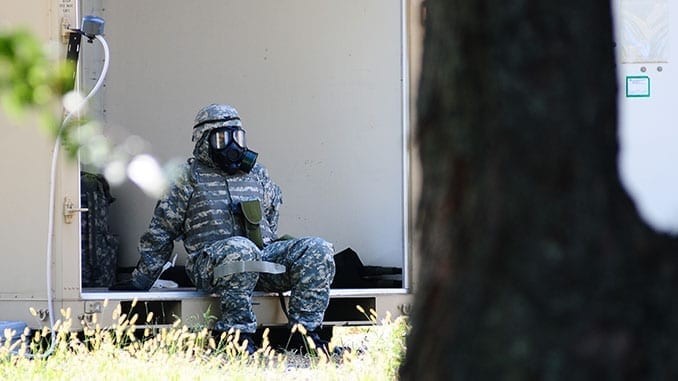
“Being out in the field brings unknowns and really tests our capabilities,” said Col. Laura Elliot, 1st AML commander. “That way we’ll be able to do the same level of clinical and analytical work in a field environment as what we do in garrison.”

For a more realistic feel to the training, they brought a sampling team from the 22nd Chemical Battalion, 46th Chemical Company, also out of APG, to collect samples from the “affected area” and bring them to their labs.
“Notionally a sampling team would not be working this close to an AML, but we get great training value,” said Elliot. “It gives our scientists the opportunity to learn the TTPs (tactics, technics, and procedures) of the sampling team, and it gives the sampling team feedback on what a scientist specifically may be looking for. I owe their leadership a huge ‘thank you’ for being able to bring that training benefit, which was invaluable to us,” she added.
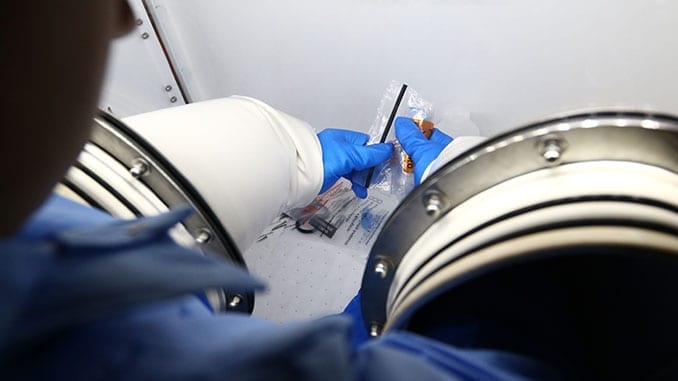
Within the ranks of the 1st AML are specialists from the U.S. Army Medical Research Institute of Infectious Diseases (USAMRIID), the Walter Reed Army Institute of Research (WRAIR) and the US Army Medical Research Institute of Chemical Defense (USAMRICD).
Article adapted from original by Angel D. Martinez, 20th CBRNE Command. Edited for context and format by Global Biodefense.

